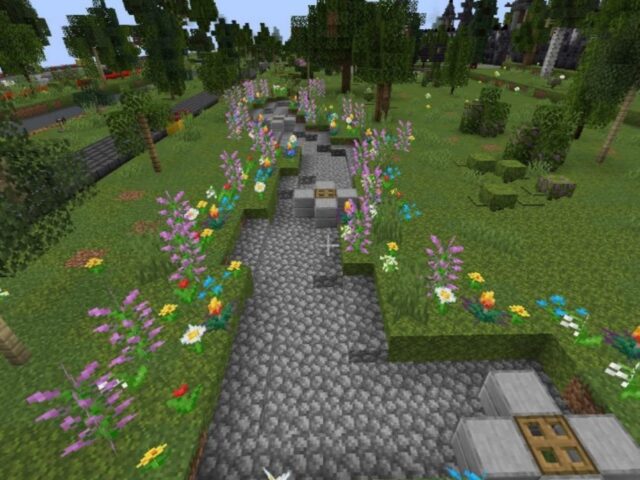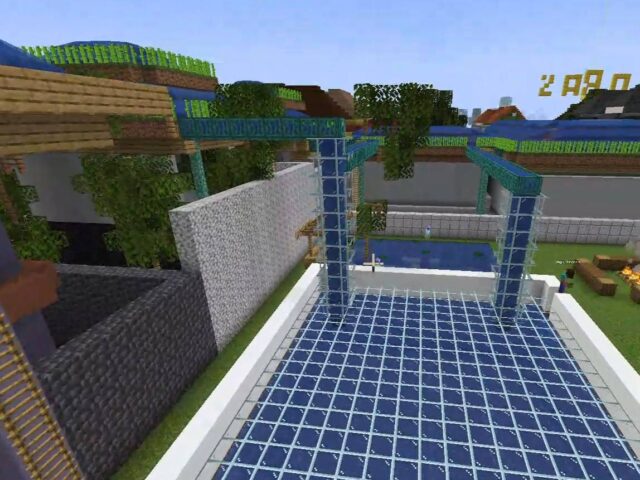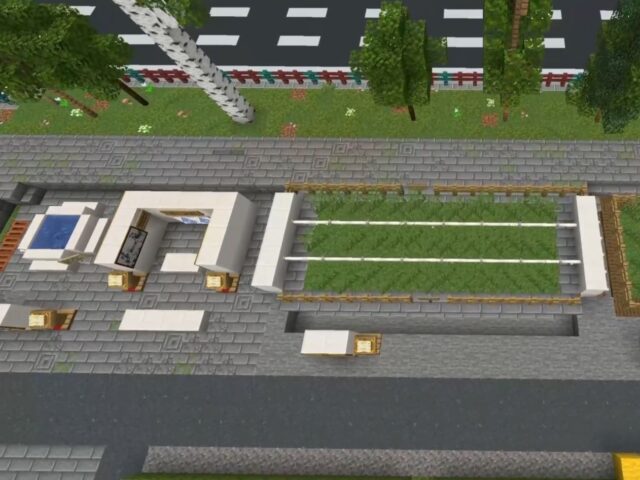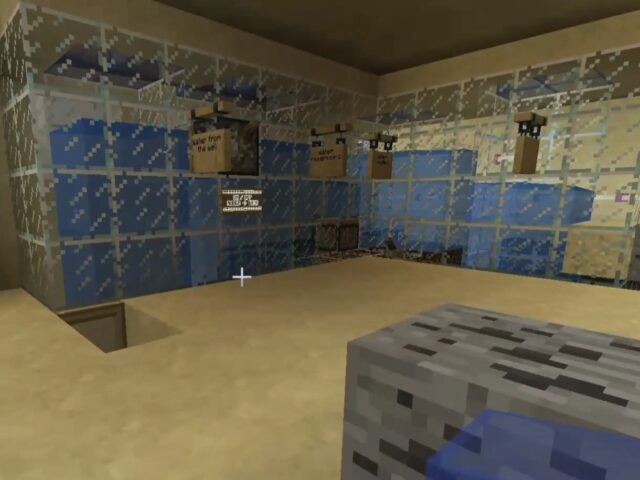The presence of basins has become a factor contributing to water-related problems in Lapangan Puputan Renon, especially in the wet season. Consequently, during rainfall, these basins tend to accumulate stagnant water, causing puddling within the depression zones. However, as a proactive response to this challenge, we have conceived a solution by embracing innovative concepts like bioswales, which offer a sustainable and environmentally friendly approach to mitigate and manage these water-related issues effectively.
A bioswale is a sustainable stormwater management practice designed to manage and treat rainwater runoff. It is essentially a landscape feature that resembles a shallow, vegetated channel or depression zone designed to capture, slow down, filter, and absorb rainwater from impervious surfaces like roads, parking lots, and rooftops. Bioswales are engineered to mimic natural processes, such as wetlands or stream banks, to reduce the negative environmental impacts of urban stormwater runoff. In our solution bioswale, we employ two methods to manage rainwater pooling in the basin we have constructed based on the quantity of rainfall.
Method 1: Using Plants
Planting vegetation on the sides of the basins is one of our strategies. The primary goal of growing these plants is to absorb rainwater when the quantity is small. The plants we use, such as water jasmine, sedge plants, yellow philodendron, or cogon grass, have a natural ability to absorb water through their roots.
Method 2: Using Drainages
When rainwater accumulates in large quantities that exceed the capacity of the plants to absorb it, there are drainage systems in place to manage the excess rainwater. The rainwater is directed into the drainage system, where it undergoes an initial filtration process before entering the pipeline underground.
The process in drainages:
- Water Transportation
After the preliminary filtration at the start of the drainage system, the water proceeds to the next phase through an underground pipeline. This concealed pipeline functions as the means to carry the purified water to its subsequent location within the system. - Water Filtration
The water will then enter the second filtration area. The materials we use for filtration are gravel, charcoal, and silica sand. Then, the clean water will go to the water tank to be stored for further use. - PIT
Nonetheless, a critical challenge manifests when the tank attains its full capacity, potentially leading to wasted water resources. In response to this pressing concern, we introduce a dedicated ‘Pit’ channel strategically engineered to recharge the groundwater and ensure the efficient utilisation of excess water. Notably, we establish a total of three such pits to bolster our environmental sustainability efforts. - Water Transportation to the Drain
Given the considerable discharge capacity of the ‘Pit,’ should it ever exceed its predetermined thresholds, we have put in place a comprehensive contingency strategy. This involves the establishment of an auxiliary channel explicitly designed to handle such scenarios, enabling the controlled redirection of surplus water into the carefully engineered drainage system situated within the Lapangan Puputan Renon area. This proactive approach ensures the effective management of potential overflow situations, safeguarding both our water resources and the surrounding environment.
As a side note, in our project, we are setting up some water tanks, and we have also built a network of drainage systems. Here is the cool part: every five drainage channels are linked to just one of these tanks! This way, we are creating a smart and efficient system to handle rainwater and recharge groundwater.
Benefits
Below are the expected benefits of our projects, which we mainly target to several stakeholders: the local community, government, and workers in the Lapangan Puputan Renon area.
- Stormwater Management: Bioswales capture and slow down stormwater runoff, reducing flooding and erosion.
- Water Quality Improvement: Bioswales filter pollutants from stormwater runoff, improving water quality in local waterways.
- Climate Change Adaptation: Bioswales can help communities adapt to increased stormwater volumes due to climate change, reducing the risk of flooding and erosion.
- Habitat Creation: Bioswales can provide habitat for a variety of plant and animal species, increasing biodiversity in urban areas.
- Cost Savings: Bioswales can be a cost-effective way to manage stormwater runoff compared to traditional grey infrastructure.
- Community Health: By reducing pollutants in waterways and creating green spaces, bioswales can have positive effects on community health.
Check our presentation slide below for further details:

Written by (in alphabetical order): Chatrine Stefanie Siagian, Fedrick Peranginangin, Indri Theresia Sitopu, Johannes Jovi Rafas Parlambasan Sagala





